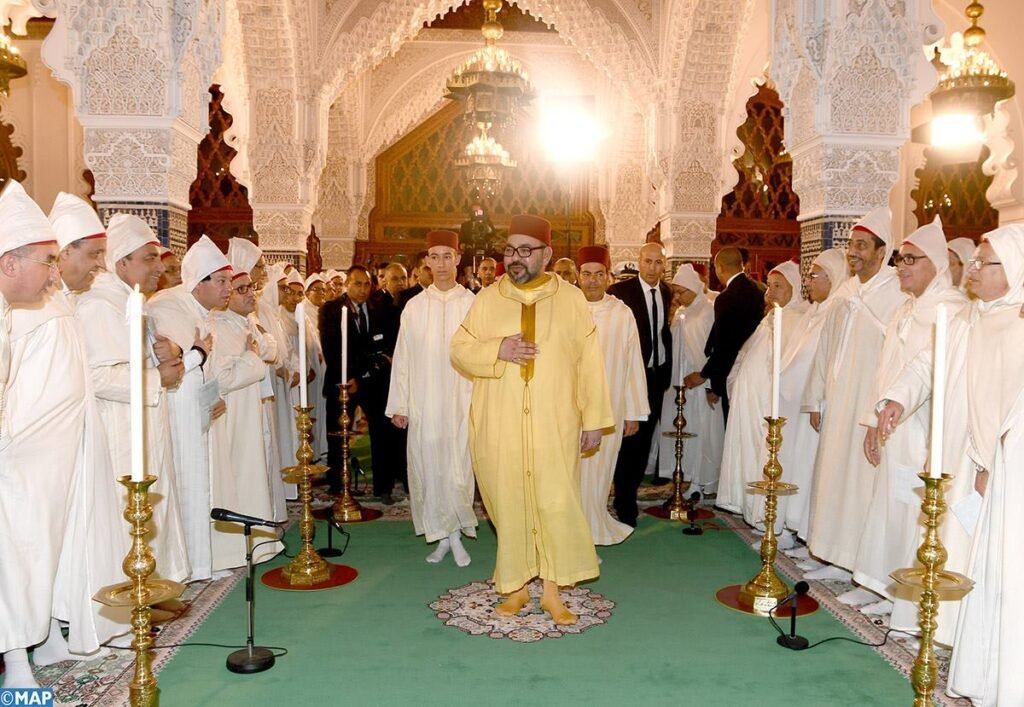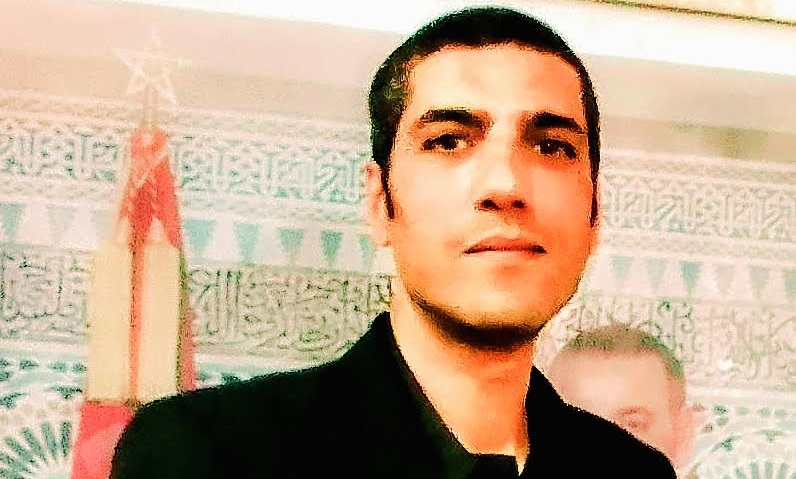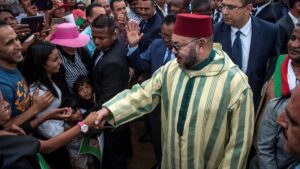The Prophet's birthday in Morocco: Religious and social celebrations of a special nature

Mohamed Azouz (Moroccan writer and journalist)
The anniversary of the Prophet's birthday is a significant religious occasion and a prominent social event in the Kingdom of Morocco, blending profound spirituality with ancient traditions that reflect Moroccans' deep-rooted connection to the life of the Prophet Muhammad (peace and blessings be upon him) and their adherence to his Sunnah. This occasion is typically celebrated on the 12th of Rabi' al-Awwal according to the Islamic calendar, and celebrations in the Kingdom take on a special character, combining religious piety with popular joy, all under the high patronage of the Commander of the Faithful.
The royal patronage gives the celebrations a special character and prestigious status. As Commander of the Faithful and Protector of the Faith, His Majesty King Mohammed VI, may God assist him, a descendant of the noble Prophetic lineage, is keen to commemorate this blessed anniversary through official and religious rituals. One of the most prominent of these rituals is the organization of a large religious ceremony, during which scholars deliver religious lessons and recount the fragrant biography of the Prophet, in the presence of senior officials, statesmen, and scholars. His Majesty also presides over the official award ceremony for the winners of religious competitions, in recognition of their efforts in serving the Holy Quran and the Prophetic Sunnah. This celebration affirms the continuity of the Sharifian Alaouite era in preserving the religious and national heritage and instilling the values of love and loyalty to the Noble Prophet.
Preparations for the Prophet's birthday begin days before the occasion, with thorough cleaning of homes, mosques, and religious shrines in preparation for the festivities. Moroccan families devote special attention to preparing traditional sweets such as "kaak," "ghriba," and "chebakia," as well as special dishes prepared for the occasion, such as couscous or tagine in some regions. Traditional clothing such as the djellaba and kaftan are common in the markets, with Moroccans keen to wear traditional attire as a sign of joy and celebration. Incense and natural perfumes, such as musk and amber, are also used to create a special spiritual atmosphere.
Religious circles are held in mosques and zawiyas, featuring recitation of the Holy Quran and religious lessons narrating the life of the Prophet (peace and blessings be upon him). Sufi chanting is a key element of the celebrations, with famous poems praising the Prophet (peace and blessings be upon him) recited, such as "Al-Burda" by Imam Al-Busiri, "Al-Hamziya", and "Al-Munfaraja", accompanied by religious chants that create an atmosphere of joy and reverence. In some regions, dhikr circles are held, combining praise and supplication, especially in Sufi zawiyas.
On the morning of Rabi' al-Awwal 12, traditional candlelight processions take place in some Moroccan cities and villages. Children and young people carry decorated candles and parade through the streets, singing religious songs and chants. This tradition is particularly rooted in cities such as Fez and Salé, where candlelight processions are a symbol of the light brought by the Prophet Muhammad (peace and blessings be upon him). Circumcision ceremonies are also held in some areas for boys, as this occasion is an opportunity to renew the pledge to the Prophet's traditions.
Tangier is distinguished by its unique celebrations, especially in spiritual places such as the shrine of the saint Sidi Bouaraqia, where official religious gatherings are held with the participation of local authorities and citizens. In the southern regions, such as Laayoune and Dakhla, celebrations are characterized by a cultural diversity that reflects Saharan traditions, with processions and religious evenings focusing on prayer and supplication. In other cities such as Marrakesh and Fez, cultural and religious events are organized, including lectures on the Prophet's biography and traditional artistic performances.
During this occasion, Moroccans are keen to exchange greetings and congratulations, whether through family visits or letters. The "Eidiya" is a common tradition, where adults give monetary or material gifts to children, enhancing the joy of the celebration. Visiting relatives and neighbors also encourages strengthening social ties, as homes become spaces for communication and solidarity.
The celebration of the Prophet's birthday in Morocco dates back to ancient historical times, having a prominent presence during the Marinid and Alaouite dynasties. During these periods, the sultans celebrated the occasion in their palaces, organizing religious gatherings and distributing alms. This tradition contributed to the consolidation of the Prophet's birthday as a part of Moroccan cultural and religious heritage, as Sufi chanting and praise of the Prophet continued as an expression of love and reverence for the Prophet (peace and blessings be upon him).
The commemoration of the Prophet's birthday in Morocco embodies a unique blend of spirituality and rich cultural heritage. It is not merely a religious celebration; it is a moment to renew the pledge of love and loyalty to the Noble Prophet, and to adhere to the religious and social values that are the foundation of authentic Moroccan identity. This occasion also underscores the strong relationship between the glorious Alaouite throne and the Moroccan people, and the role of the Commander of the Faithful in preserving religious and national heritage and protecting Moroccan identity, which is based on the principles of tolerance, moderation, and solidarity.






